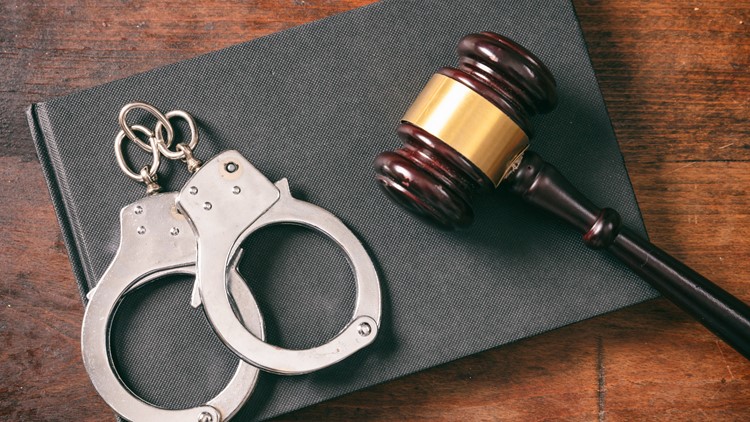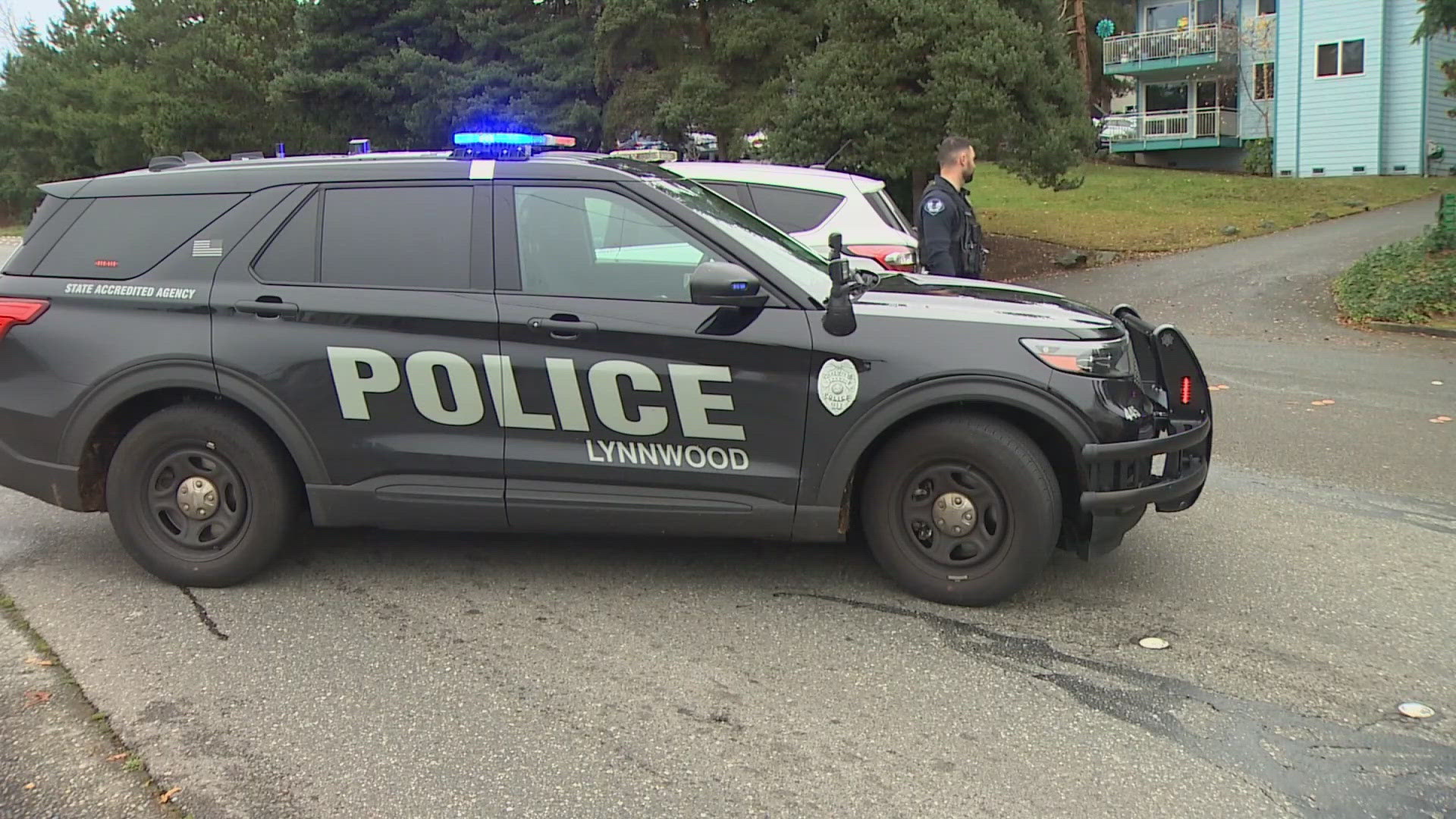WASHINGTON, USA — Earlier this month, the King County Prosecuting Attorney's Office joined the Des Moines Police Department in condemning a judge's decision to release four suspects in an armed carjacking instead of holding them in custody before arraignment.
Instead, one suspect was released on $100,000 bail, two 17-year-olds were released on electronic home monitoring and a 16-year-old was released to their parents against arguments from the King County Prosecuting Attorney's Office, who maintained that all four should remain in detention.
The incident brought up questions as to why the suspects were released, and what conditions must be met for a judge to order a defendant remain behind bars while they wait for the next steps in the criminal court process.
At multiple points in a criminal trial, a judge evaluates whether the accused should remain in custody, if conditions should be imposed on the suspect's release and whether there is enough evidence against the suspect for the trial to move forward.
Documents submitted by the Des Moines Police Department to the prosecutor's office showed police did not check a box signaling police objected to the suspect's release before trial, which the judge took as a counterpoint against the argument from prosecutors that the suspects should be held in secure detention.
Here are the steps in the adult court process and what factors a judge might consider when deciding whether to release a suspect.
What happens after someone gets arrested
After someone gets arrested, a suspect will make their first appearance at a preliminary hearing, which typically occurs the next business day following their arrest, not counting weekends and holidays.
At a preliminary hearing, a judge decides if there is probable cause to believe that the defendant committed a crime based on evidence provided by law enforcement or the prosecuting attorney. Probable cause must be determined no later than 48 hours following a person's arrest.
If a judge finds probable cause, the next step is deciding if the suspect should be held in detention, released on their recognizance, or released with conditions if personal recognizance is not enough to guarantee that a suspect will show up for their next court date.
Washington is a right-to-bail state, meaning a judge cannot hold a suspect without bail except in cases where the crime is punishable by the possibility of life in prison and there is “clear and convincing evidence of a propensity for violence,” meaning the suspect is likely to be a danger to the community if they are released.
Crimes that are punishable by life in prison are considered Class A felonies in Washington. Class A felonies include:
- First-degree murder
- Second-degree murder
- Vehicular homicide
- Armed robbery
- First-degree assault
- Rape
- Sexual battery
If the court finds there is a “substantial danger” the accused will commit a violent crime, try to intimidate witnesses, or otherwise interfere with the administration of justice while out on bail, a judge can choose to order the defendant remain in detention. The court can consider the accused's criminal history, the nature of the charges, the accused's record of threats to victims or witnesses, the accused's record of using deadly weapons or firearms and the accused's history of committing crimes while released pre-trial when making that decision.
In late October, a suspect in a murder in Seattle’s Central District, two seemingly random assaults and an armed robbery was ordered to be held without bail by a King County judge when the judge agreed with prosecutors that the suspect “is a danger to the community.” A detective investigating the case recommended the suspect not be released, noting he had “been shooting his handgun indiscriminately at citizens.”
Another way that courts try to ensure that suspects won’t be released before trial is to set bail at an exceptionally high amount that a defendant will be unlikely to pay. Defendants must put up 10% of the total bail amount to be released pre-trial.
Suspects in murder cases are routinely held on bonds in the millions of dollars. In September, the suspect in the murder of a Kitsap County woman was ordered to be held on $2 million bail. A suspect in the murder of a woman whose remains were found on the University of Washington’s campus was ordered to be held on $5 million bail in early October.
Instead of holding a suspect before trial, a judge can also decide to impose conditions on the suspect’s release intended from making sure they return to court and don’t commit other crimes in the interim. Conditions include:
- Prohibiting the defendant from approaching or communicating with particular persons or classes of persons
- Prohibiting the defendant from going to certain geographical areas or premises
- Prohibiting the defendant from possessing any dangerous weapons, engaging in certain activities, or consuming drugs or alcohol
- Requiring the defendant to report regularly to an officer of the court or remain under their supervision
- Prohibiting the defendant from violating any laws
If the accused violates any conditions of release, they may be ordered back to jail and may forfeit any bond they paid to secure their release.
The court may also hold a hearing to change the conditions of release at any time if circumstances change, upon learning new information or a showing of "good cause."
The next step in the criminal court process is an arraignment, where a defendant will learn the charges against them and enter a plea deal. A defendant who is held in custody or has had conditions placed upon their release will have an arraignment within 14 days of their preliminary appearance.
If the defendant pleads not guilty at their arraignment, then the court will set a pre-trial hearing which is where attorneys on both sides report to the judge on the progress of the case and if it is ready for trial. If the prosecution or the defense needs more time, the trial date may be put off while attorneys investigate and negotiate the case.
If either side makes a motion, a hearing will also be held to decide the outcome. Common motions in a trial include a motion to dismiss the case, a motion to suppress evidence, a motion to change the venue, a motion to modify bail, or a discovery motion, among other types.
At an omnibus hearing, the defense and the prosecution will discuss what evidence will be admissible at trial. Then a readiness hearing will be scheduled a few weeks beforehand to confirm both parties are ready to proceed. A judge will then set a date for trial.



